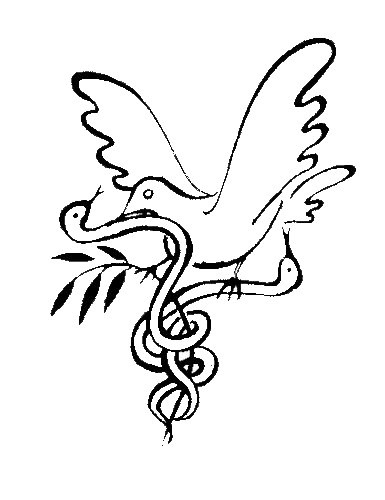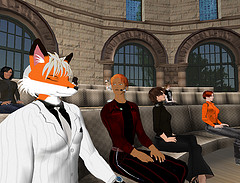June 30, 2008
The End of Digirati Philosophizing
 Chris Anderson, the editor-in-chief of Wired published a provocative essay last week that really caught me off-guard:
Chris Anderson, the editor-in-chief of Wired published a provocative essay last week that really caught me off-guard:
The End of Theory: The Data Deluge Makes the Scientific Method Obsolete
I have been writing lately about the effects that technology is having on epistemology, namely, what is knowable and how we go about knowing.
But, I’ve arrived at very different conclusions than Anderson. I think that our methods for gathering evidence to support a hypothesis is changing – radically – but I certainly do not think that the scientific method (or attitude or stance, as Piet Hut sometimes puts it) is obsolete. Evolving, for sure, but I hope not in the direction that Anderson claims. Intriguingly, Kevin Kelly – who originally launched Wired, wrote an essay on the future of science that I think is much more thoughtful and prescient.
A cursory examination of the comments posted on his essay make me wonder if he hasn’t floated a straw man argument, just to be provocative. But after a few conversations with friends and colleges this week, I believe there is something important and scary in his perspective.
My thinking here is greatly informed by a book I am reading this summer by Bruno Latour – The Politics of Nature. In this book, Latour struggles to reconcile the perennial tensions between nature and democracy, science and politics, facts and values, and ultimately, objectivity and subjectivity. He critiques the veneration of facts as the penultimate authority – reminding us to always consider who gathered those facts and why. His argument is far more nuanced and complex, but I really see its re-enactment in the veneration of data Anderson naively concedes.
We must acknowledge that data itself is nothing more than a mediation with reality – and we shouldn’t confuse data with reality itself. There are many good rebuttals appearing in the comments, but none that I have read point out that Anderson’s characterization denies the politics of instrumentation and data collection – the concepts and constructs that underlie the data, never mind the importance of stories and explanations in our politics and justifications.
This understanding is basic to the psychology of perception as well as the philosophy of science – there is no observation without pre-existing concepts and constructs – the buckets of data we are collecting (and, at least for now, some data is not being collected) are being stored according to organizational schemes – schemes created by humans.
Data isn’t sacred, and its folly to regard it as such. We need our models and the explicit self-awareness that we created them within a particular historical context and theoretical paradigm.
In the wise words of my mentor/advisor, Frank Moretti:
The problem with statistical analysis in the hands of many is that they expect the statiistics to yeild the truth and this leads into the mistake “reporting their findings” in a theory-deprived context. Whenever you are dealing with the human sciences, whether the information is statistical, visual or otherwise, you still have to build a meaningful narrative that requires that you have a point of view that has either overt or covert theoretical assumptions. Without that you are in danger of reporting your views in what Marcuse calls opreational language, a language derived from the tools of discovery rather a serious point of view.
 Filed by jonah at 12:50 am under epistemology,fire
Filed by jonah at 12:50 am under epistemology,fire
 2 Comments
2 Comments


